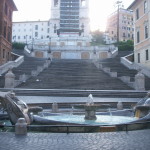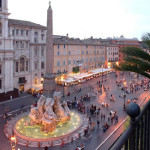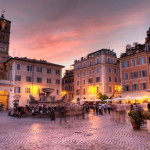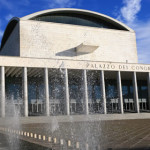Piazza del Campidoglio
Data Pubblicazione maggio 26, 2014Rome is a top travel destination in Europe and Italy, with an array of top attractions. Today’s Rome is a vibrant city, with reminders of its history everywhere.
Piazza del Campidoglio, the site of the Italian government and a must-see landmark in the Eternal City, is a brilliant example of civic planning and you can enjoy really amazing views of it from the buildings of the Capitoline Museums, which frame this elliptical square on two sides. The Capitoline Museums have the Terrazza Caffarelli, with a panoramic restaurant with breathtaking views on the Trastevere and St Peter’s Basilica. Piazza del Campidoglio was the result of Italian sculptor, architect and engineer Michelangelo’s plan for the renovation of the Capitoline Hill, an important and influential civic center since antiquity.
Michelangelo di Lodovico Buonarroti Simoni, usually known as Michelangelo, was commissioned by Pope Paul III to renovate the Capitoline Hill in Rome in 1535. He created Piazza del Campidoglio with a comprehensive late-Renaissance redesign of the elliptical square on top of the Capitoline Hill, as well as the buildings surrounding it. Michelangelo drew up plans for the wide, monumental stairway and the geometric pattern of the square.
The Capitoline Hill is a superb viewpoint to get a view of the Roman Forum. The focal point of the hill is the Piazza del Campidoglio. An excellent starting point because of its nearness to several Roman landmarks, like the Roman Forum, the Capitoline Museum and the beautiful basilica of Santa Maria in Aracoeli, this gorgeous square is reached by climbing a good number of steps. The beautiful symmetry created by Michelangelo is remarkable. This place was once the core of the Roman Empire, the area where the first shrines were erected, including the Temple of Jupiter. The piazza centerpiece is the famous equestrian bronze statue of Emperor Marcus Aurelius. As of 1999, a replica was placed here, when the original statue was transferred to the surrounding Capitoline Museums. There are 2 museums housing an extraordinary collection of frescoes, sculptures and mosaics.
The Capitoline Hill was originally made up of two different peaks, the Capitolium and the Arx. The hollow separating the two peaks was commonly known as the Asylum. During the Roman Republic, the Tabularium was erected here approximately in 78 B.C.
Related Posts
Search Hotels By Rating
Advanced Search
Accomodations
Latest posts
Rome Tour

Climb Saint Peter’s chapel
Rome top view is totally breath taking: your eyes will look right into Conciliazione’s street where you can ...Auditorium Parco della Musica
It is a multifunctional complex in Pietro de Coubertin street (official web site: auditorium.com): through this creation, Rome ...
CASTEL SANT’ANGELO’S TERRACE
You cannot miss Castel Sant Angelo if you are visiting Rome. In fact in its main entrance has tons ...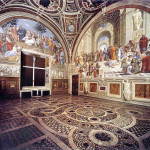
Musei Vaticani: le Stanze di Raffaello
It’s some kind of magic experienced in here that gives to the visitor a feeling that never goes ...
A Museum in Roma in Trastevere
The Museum of Roma In Trastevere (Piazza Sant'Egidio 1/b) it is a very characteristic place. Here there is ...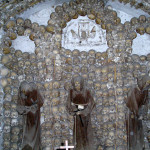
Santa Maria dell’Immacolata Concezione’s church
When you step in this church you will remain astonished from the beauty of the structure but either ...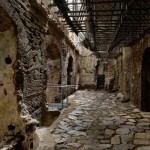
CRYPTA BALBI, NATIONAL ROMAN MUSEUM
Only one block that contain the whole Roman history: the crypt it is none other than a Lucio ...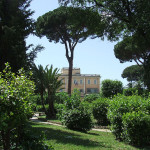
VILLA CELIMONTANA
While walking around Villa Celimontana (by Via della Navicella, 12) it is possible that you end up under ...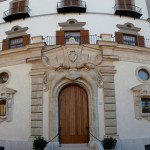
Monster’s house – Palazzo Zuccari
It is located at the bottom of Trinità dei Monti along Sistina and Gregoriana’s street, and it is ...